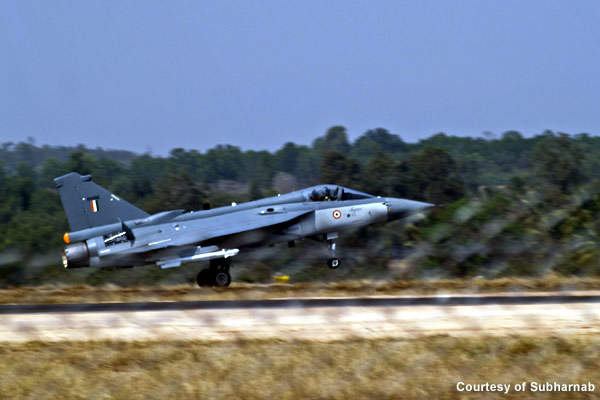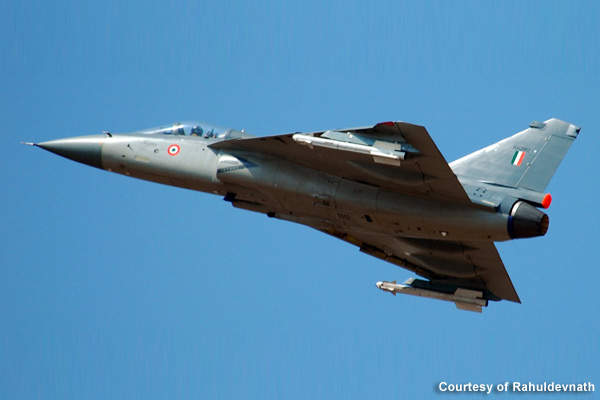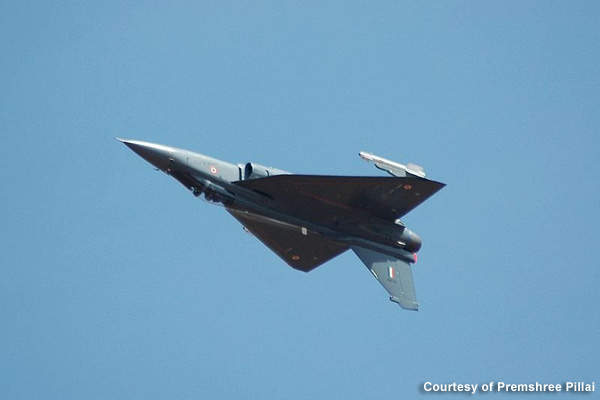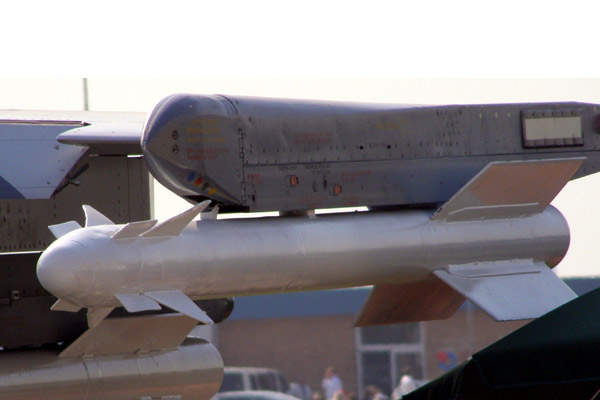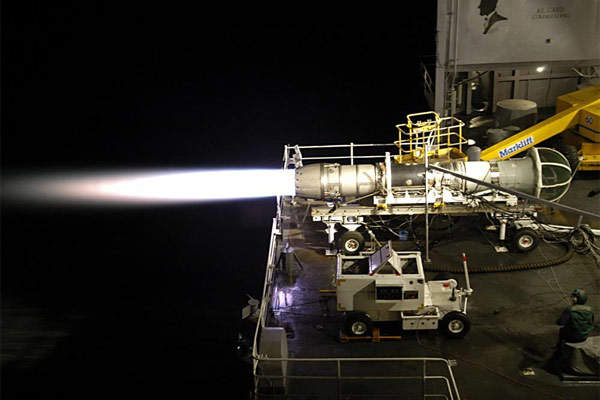India’s first modern light combat aircraft (LCA), Tejas, is being built by Hindustan Aeronautics (HAL) for the Indian Air Force (IAF) and the Indian Navy. The Tejas LCA was designed by the Aeronautical Development Agency in Bangalore, India.
The aircraft may replace the MiG series currently operated by the IAF. The IAF has a requirement of 140 single-seat fighters and 20 two-seat LCA trainers for squadron service in the next ten years. It has already ordered 20 LCAs and received the first in January 2015.
Development is underway for the naval version of the LCA, which is intended for operations aboard the Vikramaditya, as well as the Vikrant-class indigenous aircraft carriers. Two naval prototypes will be manufactured and flown to obtain clearance for deck operations.
The first technology demonstrator aircraft took its maiden flight in January 2001. The Indian Navy placed an order for six aircraft in 2009. The first naval prototype, NP1, made its first flight from Bangalore’s HAL International Airport on 27 April 2012. The prototype performed its maiden ski jump as part of the carrier compatibility tests conducted at the Indian naval air station INS Hansa in Goa in December 2014.
Tejas design
Designed as a single-engine tactical fighter, the Tejas has a compound delta-wing planform to achieve weight reductions.
The highly adapted wing design, combined with a blended-wing body, delivers high-performance while manoeuvrability has been improved with built-in aerodynamic instability. The design allows the aircraft to be integrated with guided air-to-surface and anti-ship weapons for multirole and multimission capabilities. The naval variant will have additional features to reduce carrier landing speed and be equipped with an arrestor hook for deck recovery.
The fuselage is thin-walled, integrally stiffened structure, which is designed to sustain internal pressure without stiffener debonding. It features complex shapes and contours and is built using integral structures in large scale.
Cockpit
The glass cockpit is equipped with a head-up display (HUD) and two multifunction displays (MFDs), which provide the required information to the pilot. The HUD displays critical information required in close combat situations. The modern avionics systems and an effective pilot-vehicle interface are installed in the cockpit. The hands-on throttle and stick (HOTAS) concept ensures the availability of all flight controls during adverse conditions.
Digital avionics suite
Tejas features an integrated digital avionics suite, configured around the MIL-STD-1553B bus system. The 32-bit mission computer (MC) can perform mission-oriented computations, flight management, reconfiguration/redundancy management and in-flight system self-tests.
The inputs from the pilot, inertia and air data sensors are transferred to the control surface actuators through the digital flight control computer (DFCC). A ring laser gyro-based (RLG) inertial navigation system (INS) integrated with a global positioning system (GPS) provides navigation and guidance. The electronic warfare suite, comprising electromagnetic and electro-optic receivers and jammers, brings soft-kill capability to the aircraft.
Tejas weapon systems
Tejas is a precision weapon launch platform with seven hardpoints to carry a range of air-to-air missiles, anti-ship missiles, unguided rockets and conventional/retarded bombs. The choice of three hardpoints under each wing and one under the fuselage allow the aircraft to carry a range of missiles, bombs and rockets.
The air-to-air missiles include Astra BVRAAM, Vympel R-77 and R-73. The air-to-surface missiles are Kh-59ME TV guided stand-off missile and Kh-59MK laser-guided stand-off missile. A 23mm twin-barrel GSh-23 cannon is also mounted on the aircraft.
The aircraft’s high manoeuvrability and improved handling capability integrated with advanced cockpit, digital avionics and weapon system interface (WSI) provide effective point-and-shoot capabilities with quick turnaround time.
Radar
The advanced multimode radar (MMR) track-while-scan feature allows the tracking and engaging of multiple targets simultaneously. It also provides ground mapping and look-down shoot-down capabilities.
The sensor suite provides threat detection and a low visual signature that helps the aircraft to perform better in close air-combat environments. The LCA can also be fitted with additional sensors for guidance, navigation and reconnaissance purposes.
Turbofan engine
Tejas is powered by a General Electric F404-GE-IN20 turbofan engine. The engine is rated to supply 53.9kN dry thrust and 85kN thrust with afterburn. Fuel tanks are integrated into the fuselage and wings, and auxiliary fuel tanks of 800lt and 1,200lt can be fitted under the fuselage to extend the range. An in-flight refuelling probe is also fitted to the starboard side to further extend the Tejas’s range and endurance.
Landing gear
Tejas is equipped with hydraulic retractable tricycle-type landing gear developed by HAL, which envisages two single, inward-retracting main wheels and a steerable twin-wheel forward-retractable nose gear. Titanium half alloy tubes are used for hydraulic power transmission.

